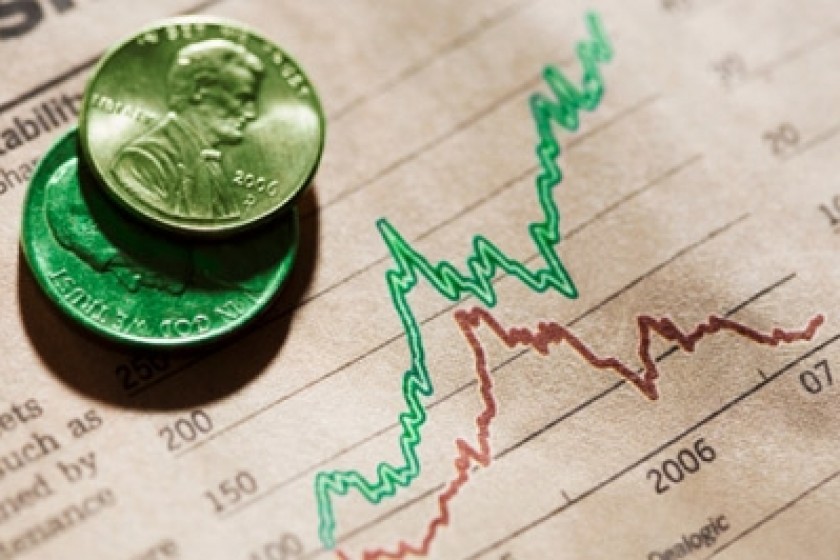
The pillars of economic growth in the Republic of Armenia
The measures directed at the support of economic growth can be considered effective and justified when present economic growth serves asa basis for future development of the economy. From this point of view, when discussing the economic growth of Armenia it would be appropriate to mention William Saroyan's famous expression, "Something is wrong somewhere."
According to the data in Table 1, we can see that up until and including 2007, double-digit economic growth was recorded in Armenia.
|
Year |
2002 |
2003 |
2004 |
2005 |
2006 |
2007 |
2008 |
2009 |
2010 |
2011 |
|
Economic growth, percentage compared with the previous year |
13.2 |
14 |
10.5 |
13.9 |
13.2 |
13.7 |
6.9 |
-14.1 |
2.2 |
4.7 |
It seemed that the economy was in good shape and Armenia would not be significantly affected by the financial and economic crisis. Meanwhile, a 14.1% economic decline was recorded in Armenia in 2009. Therefore the question is: how did double-digit economic growth in Armenia occur before the crisis and in which areas?
Figure 1. Structure of the GDP [1] by sector by percentage.

- Agriculture - Mining, manufacturing and electricity - Construction - Services
Figure 1 shows quite an interesting graphic. Compared with 2002, the density of agriculture as well as mining, manufacturing and electricity decreased in the GDP'sstructure in 2008. Instead, the density of the construction and services sectors increased. Thus, until 2008, the double-digit economic growth in Armenia was supported mainly by non-manufacturing sectors.
Indeed, high density in the services areas, which supports economic growth, is currently a characteristic ofan economic policy of developed countries. Thus, it is important to mention that developed countries approached that goal after having developed the agriculture and manufacturing sectors, since it would not be possible to maintain atendency of long-term economic growth without the development of the manufacturing sector--only temporary, illusory growth will be maintained.
Thedecrease in the density of the construction sectorduring 2009-2010in favor of agriculture and manufacturing in the GDP structure perhapsseemed optimistic. Thus, we can say that the pillars of economic growth in Armenia weren't carefully chosen, and Armenia needs a new model for supporting economic growth. The development of the manufacturing sector should be the basis for the new model.
But there is still one question remaining unanswered: what can be produced? Armenia's domestic market is very limited, so the Armenian economy can't enjoy long-lasting development by mainly satisfying domestic demand. Instead, foreign demand is almost unlimited for Armenia and can become an impetus for further development of the economy. Thus, production exports may become the pledge for the future development of Armenia. As to whether thecountry's present export structure is satisfactory in terms of future economic growth or do severalunresolved issues exist that require urgent solutions,the responses to these questions are in my next column.
Lilit Sargsyan
Scientist of the Institute of Economics, National Academy of Sciences
[1] GDP (Gross Domestic Product) is the total of all goods and services produced over one year within a country, which,comparedwith the same indicator of the precious year, shows if there is economic growth or decline.
 Videos
Videos Photos
Photos
Write a comment